Native Plants of the High Line
Acknowledging the history of the plants around us.
Introduction
How do the plants that are used in local parks compare to what would have grown here natively? We can begin to answer that question by using data from the Welikia Project , which works to discover what the natural ecology of New York City would have been pre-contact, in comparison to lists of plants used, in this case, on the High Line . Of the 500 plus plants currently planted on the High Line, 48 would have likely been found in New York City in 1609.
It has be studied that people are often unaware of the plants around them (Wandersee and Schussler 1999 - further reading Parsley 2020), and this project seeks to reassert the agency of plants and shed light on their histories and importance. When possible we are centering indigenous knowledge and uses of these plants in order to fully place them in their local, and native, context. The Native American Ethnobotany database was invaluable in identifying native uses for plants.
We focused on the tribes whose ancestral lands overlapped with the land we now call New York. We recognize that Latin plant names uphold the structures of Linnaean botany, which “acknowledge[s] the authority of imperial botanists and belittled local herbalists and herbal practitioners” (Lafuente and Valverde 2004). While the scientific names of plants were an important key to connecting these datasets, we are not using them here. As the High Line is located on Lenapehoking, whenever possible we are using the Lenape names for the plants. The Lenape Talking Dictionary has been an incredible resource, and we link to entries when possible so you can hear how these names are pronounced. For example, below you can hear how këlëkënikànakw (sumac) is pronounced.
Lenape Talking Dictionary: entry for sumac
The Map of Native Plants
The following tour goes north and then back south along the High Line. Going north you will see a curated tour of plants and their histories, however continuing the tour back south will briefly introduce you to the remainder of the plants that were likely present in New York City in 1609, pre-contact. Click on the images of plants for more information about them, as well as additional images.
A note on location, the points on the map are approximate and refer to sections of the park rather than specific locations. You are encouraged to walk along the High Line with this map, but do not be surprised if you don’t find the plants in these exact locations.
This project depicts and was researched on unceded Lenape lands. It was worked on by non-native settler scholars.

flowering dogwood

Wihhinachk

blazing star

hyssopleaf thoroughwort

Matapipalinko

boneset

Mahkhalahpis
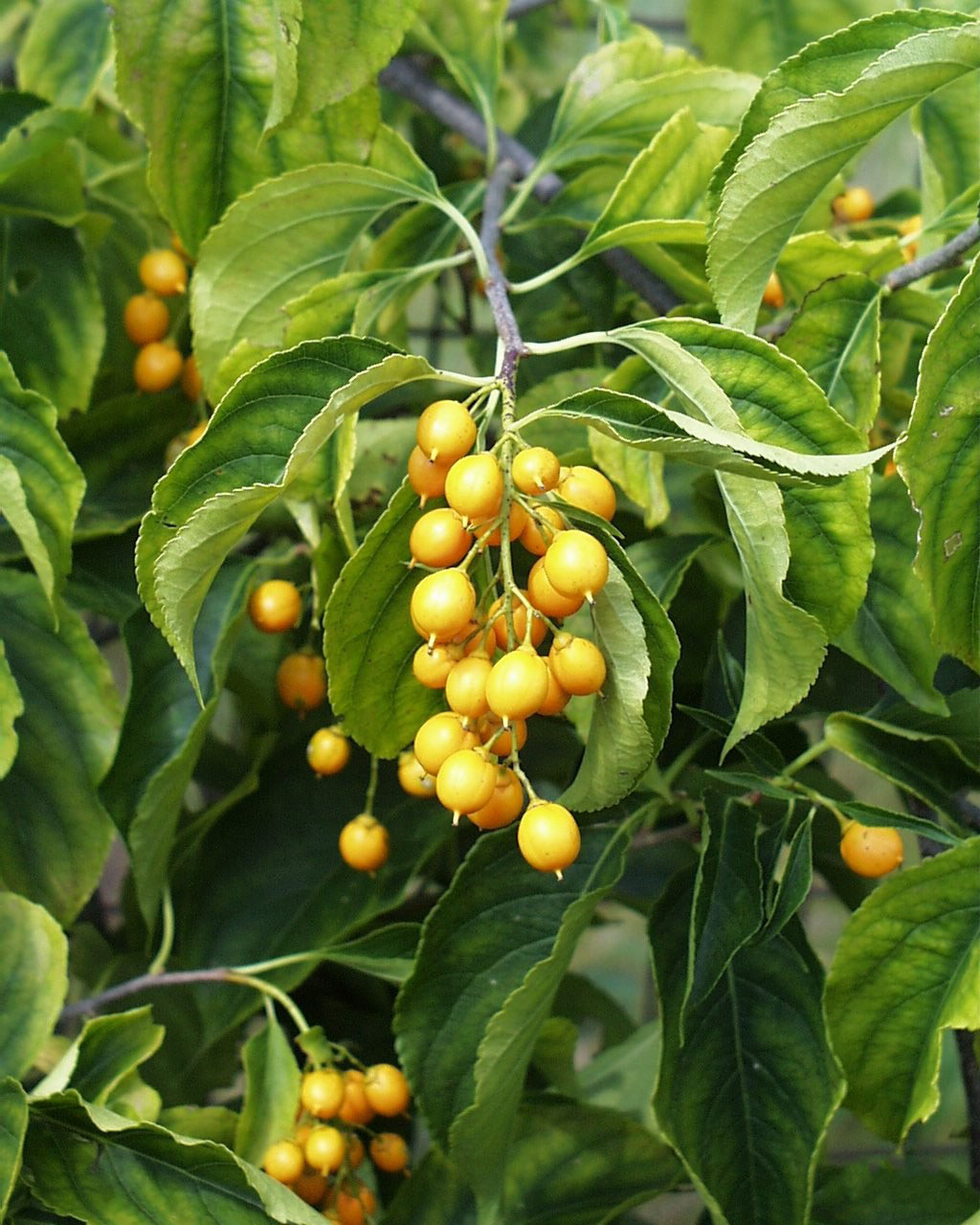
american bittersweet
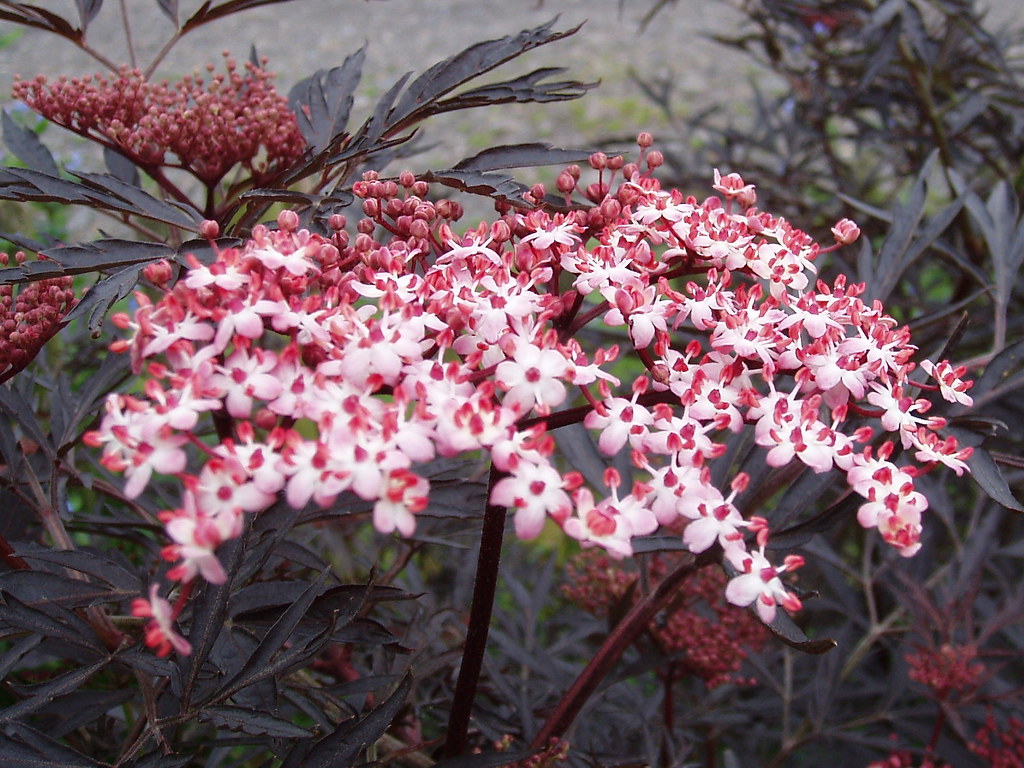
Puhwèsënakw
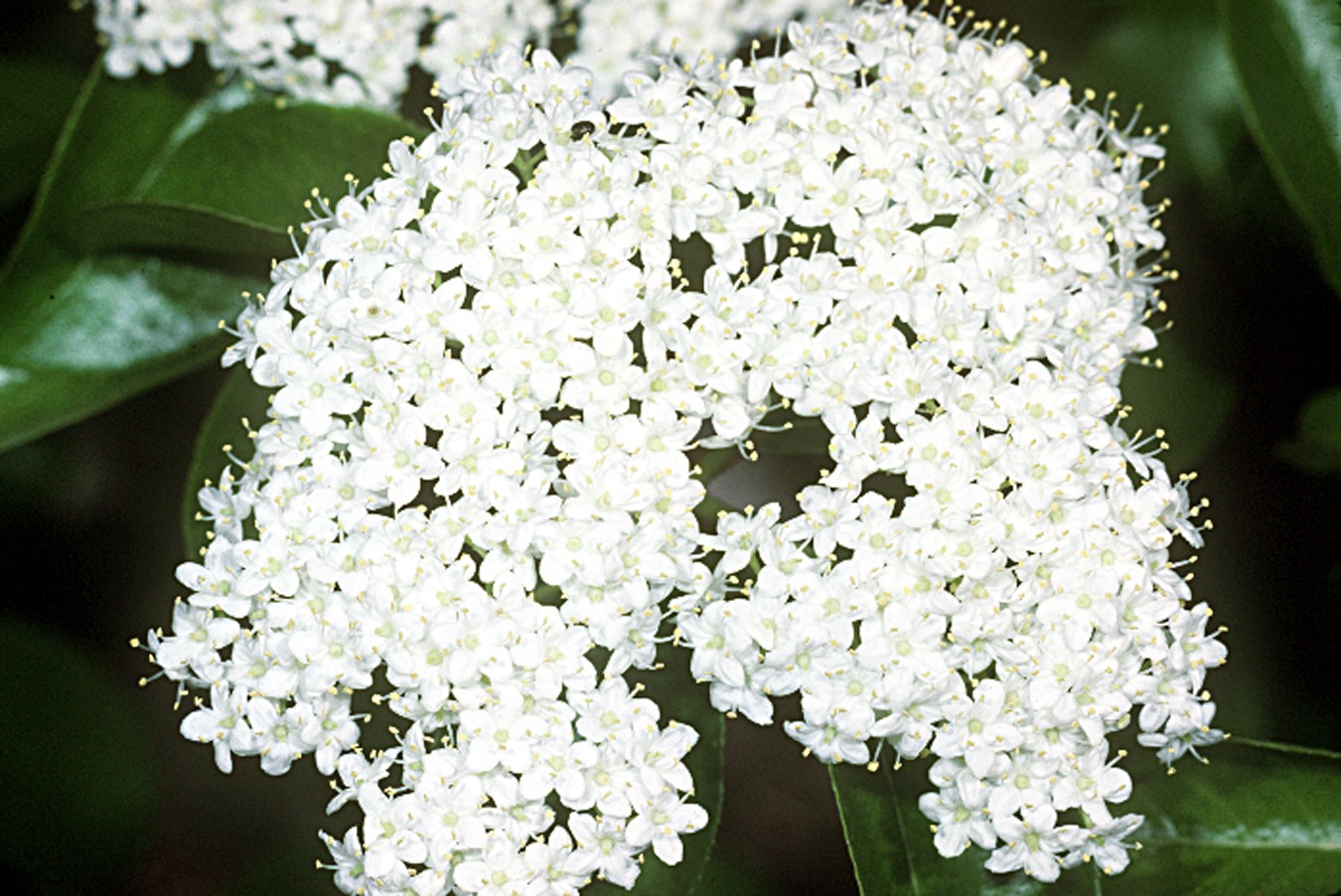
Sakwënakanimunshi
winterberry
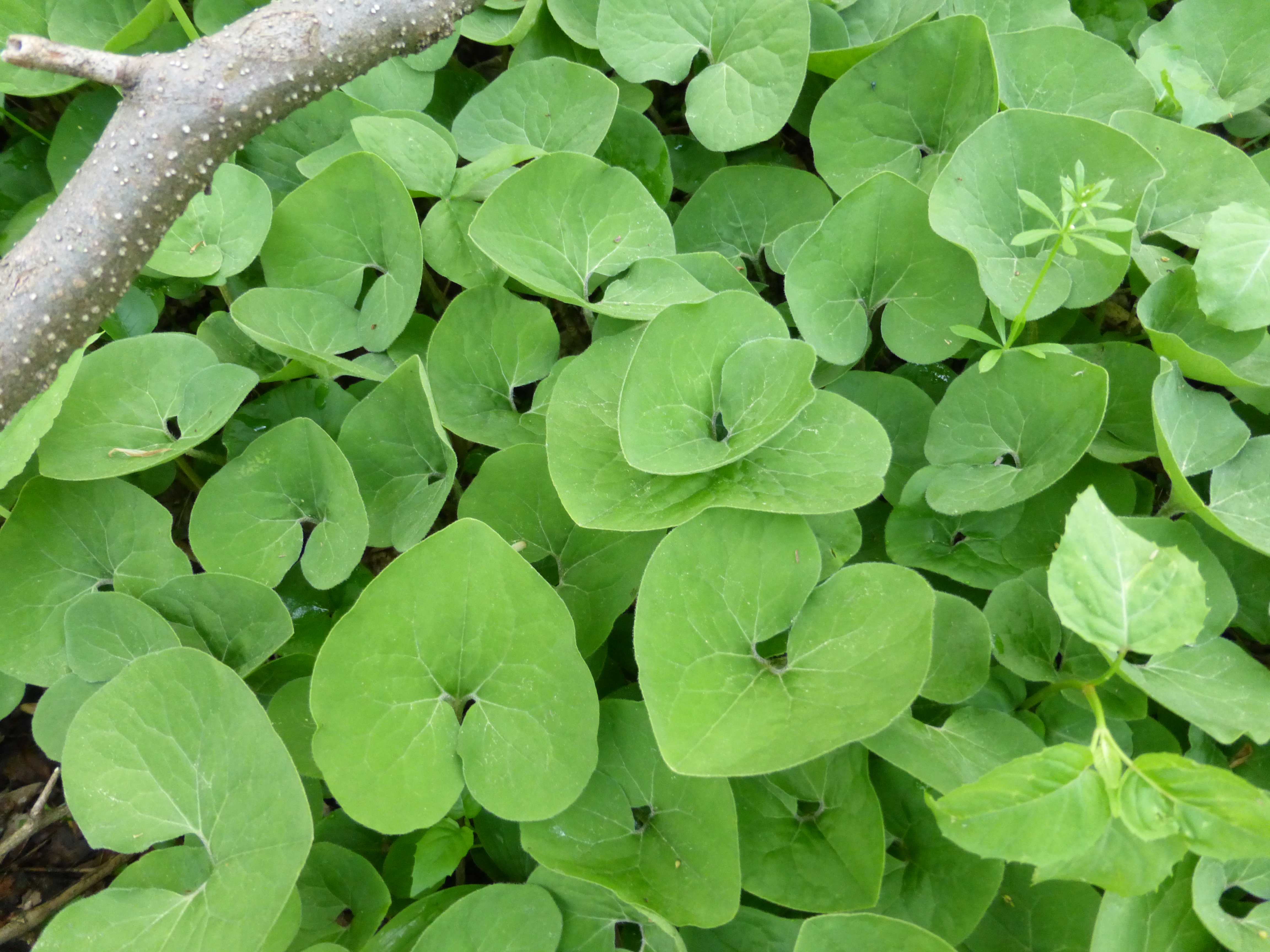
wild ginger
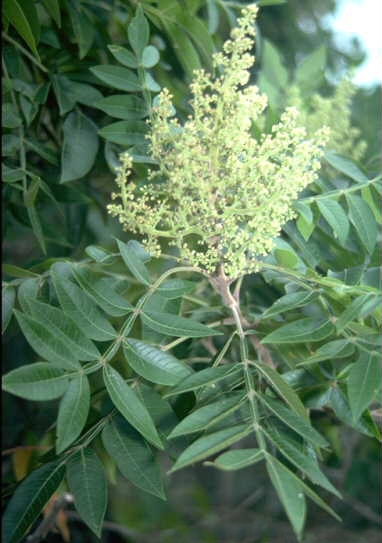
Këlëkënikànakw

bigleaf aster

Memekas Nehënawlachi

white heath aster

seaside goldenrod

prairie fleabane

early goldenrod

New York aster
indian hemp
grass-leaved goldenrod

heartleaf aster
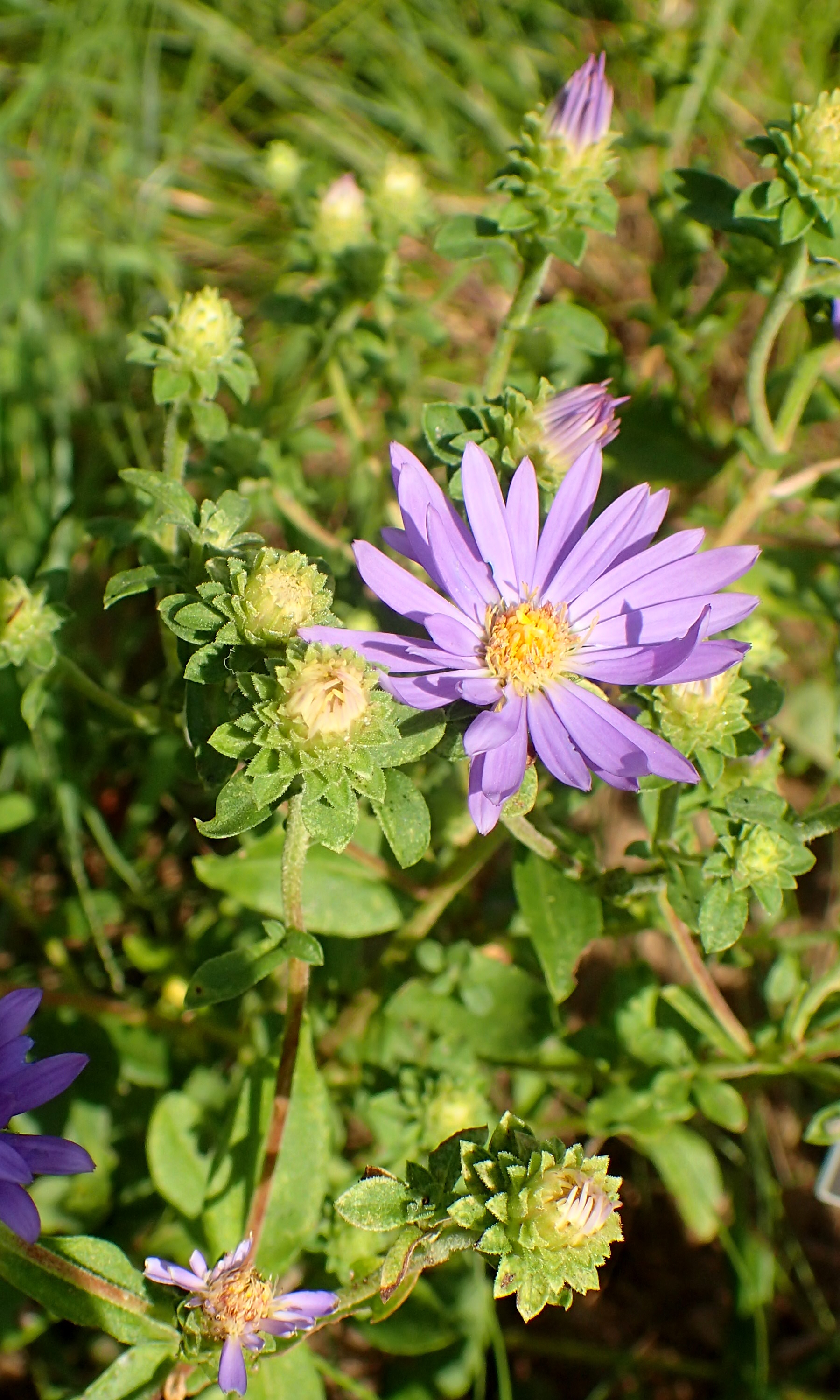
eastern showy aster

strawberry bush

blue-stemmed goldenrod

calico aster

northern blazing star
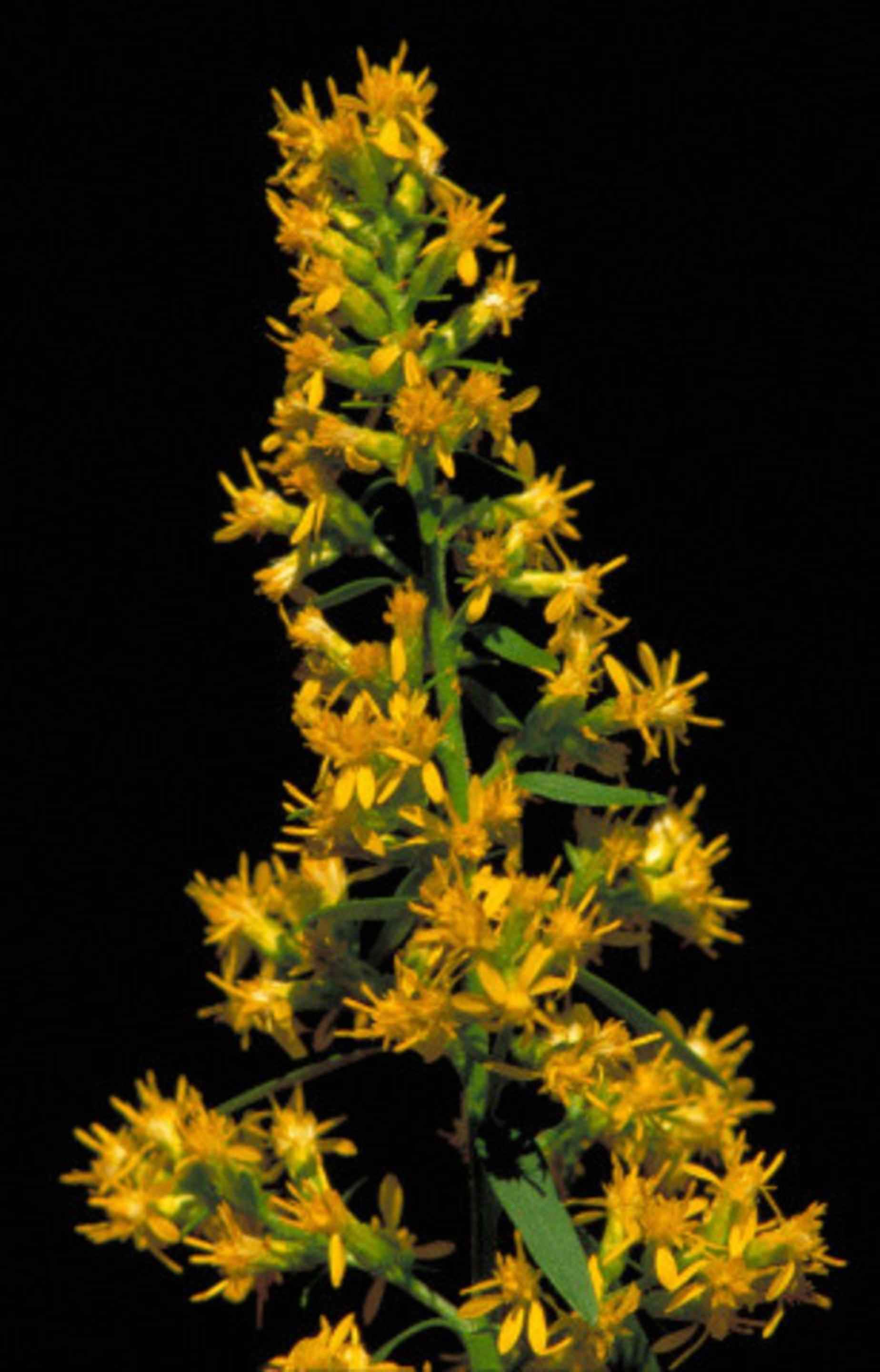
showy goldenrod

swamp sunflower

spreading aster

brome-like sedge

Pëpxòkwës
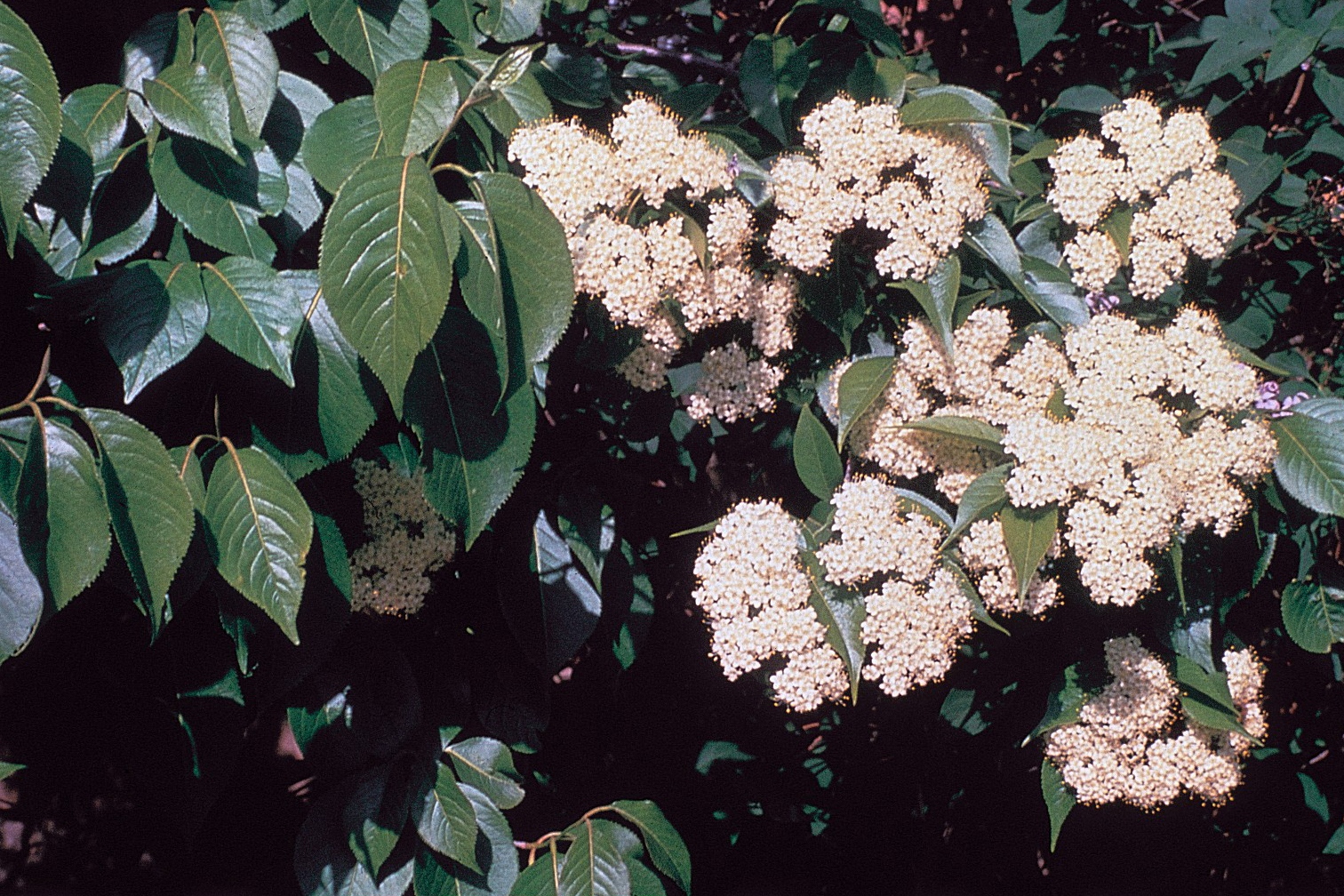
nannyberry

coral honeysuckle

american spikenard

smooth aster

fragrant sumac

pennsylvania sedge

swamp milkweed

groundsel bush

flat-topped aster

horsetail

smooth witherod

dwarf lady fern

spreading sedge

white wood aster

Min
Sources
Friends of the High Line, "High Line Plant List" n.d. http://files.thehighline.org.s3.amazonaws.com/pdf/High_Line_Full_Plant_List.pdf .
Friends of the High Line, "High Line Plant List" n.d. http://assets.thehighline.org/pdf/12_High%20Line%20Plant%20List.pdf .
Lafuente, Antonio, and Nuria Valverde, "Linnaean Botany and Spanish Imperial Biopolitics," in Colonial Botany: Science, Commerce, and Politics in the Early Modern World (Philadelphia: University of Pennsylvania Press, 2011), https://digital.csic.es/handle/10261/32575 .
“The Lenape Talking Dictionary.” Accessed December 3, 2020. https://www.talk-lenape.org/ .
Moerman, Dan. BRIT - Native American Ethnobotany Database. 2003. Accessed December 4, 2020. http://naeb.brit.org/ .
New York Botanical Garden, and Center for Conservation Strategy. State of New York City’s Plants 2018, 2018. https://www.nybg.org/content/uploads/2018/08/SCI_State-of-the-Citys-Plants-2018_Final-8.2_Low.pdf .
Parsley, Kathryn M. “Plant Awareness Disparity: A Case for Renaming Plant Blindness.” PLANTS, PEOPLE, PLANET 2, no. 6 (2020): 598–601. https://doi.org/10.1002/ppp3.10153 .
Stalter, Richard. “The Flora on the High Line, New York City, New York.” The Journal of the Torrey Botanical Society 131, no. 4 (2004): 387–93. https://doi.org/10.2307/4126942 .
USDA. PLANTS Database. Accessed December 4, 2020. https://plants.sc.egov.usda.gov/java/ .
Wandersee, James H., and Elisabeth E. Schussler. “Preventing Plant Blindness.” The American Biology Teacher 61, no. 2 (February 1, 1999): 82–86. https://doi.org/10.2307/4450624 .
The Welikia Project. Flora and Fauna of Manahatta. 2009. Accessed December 3, 2020. https://welikia.org/download/flora-and-fauna/?atbsub=5 .